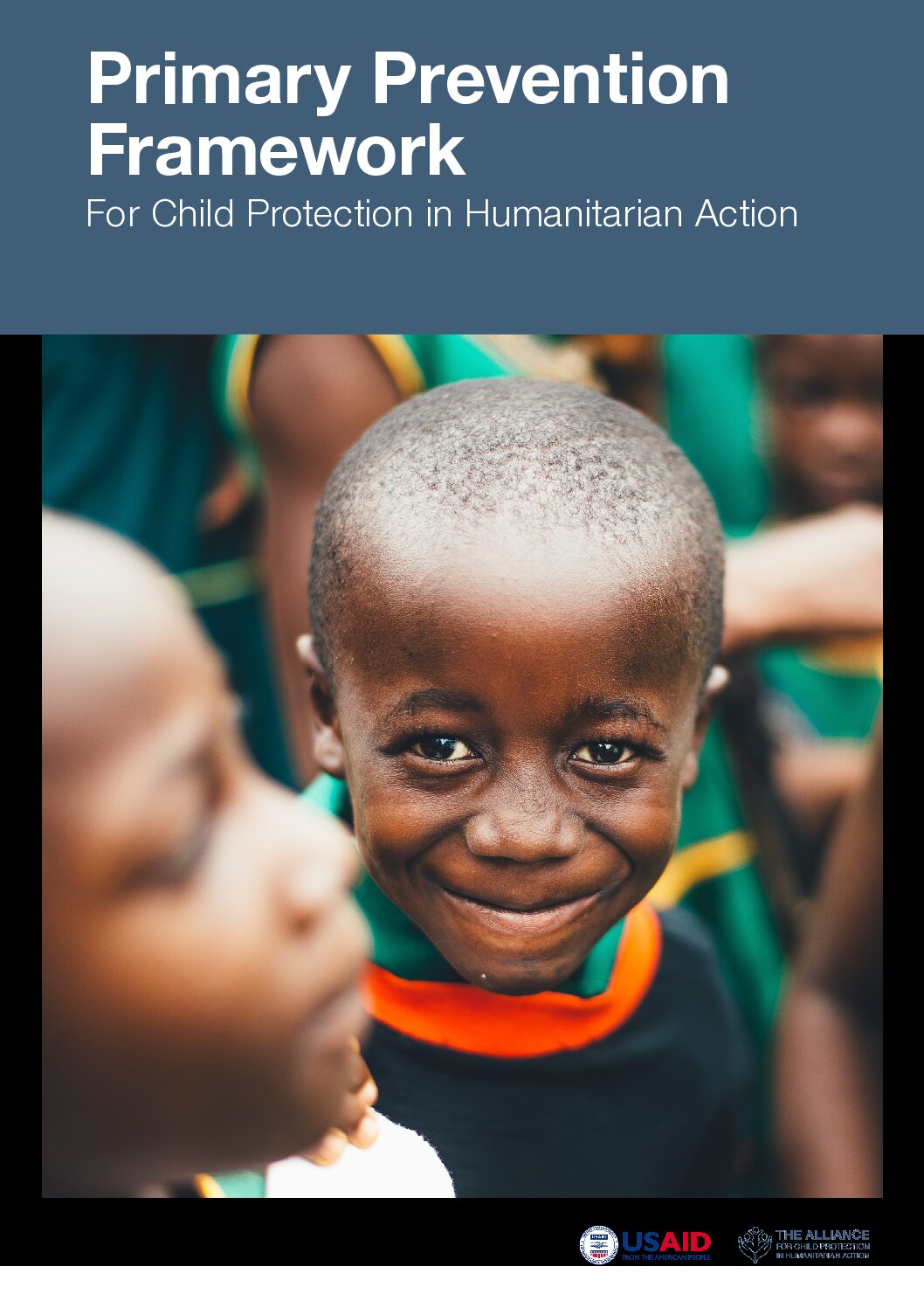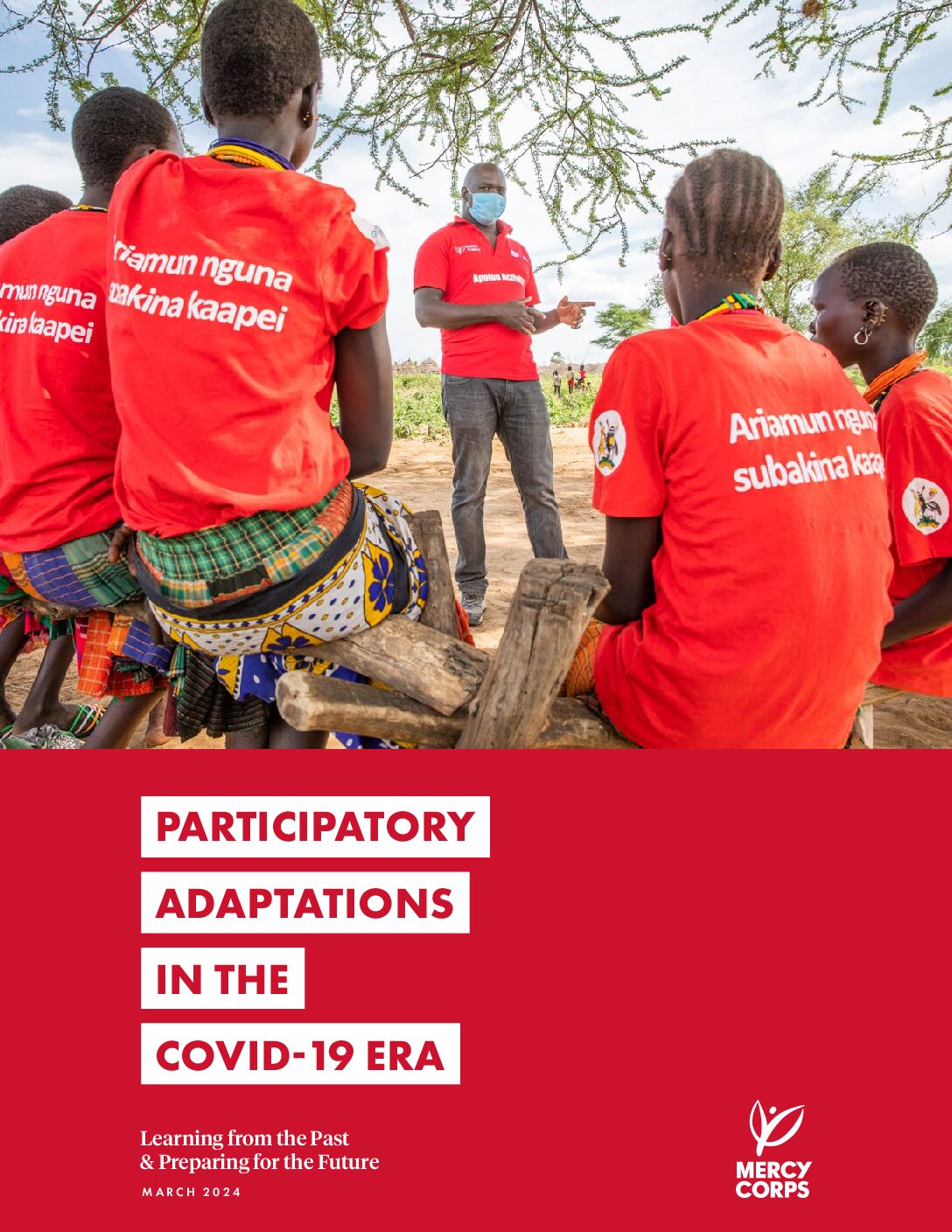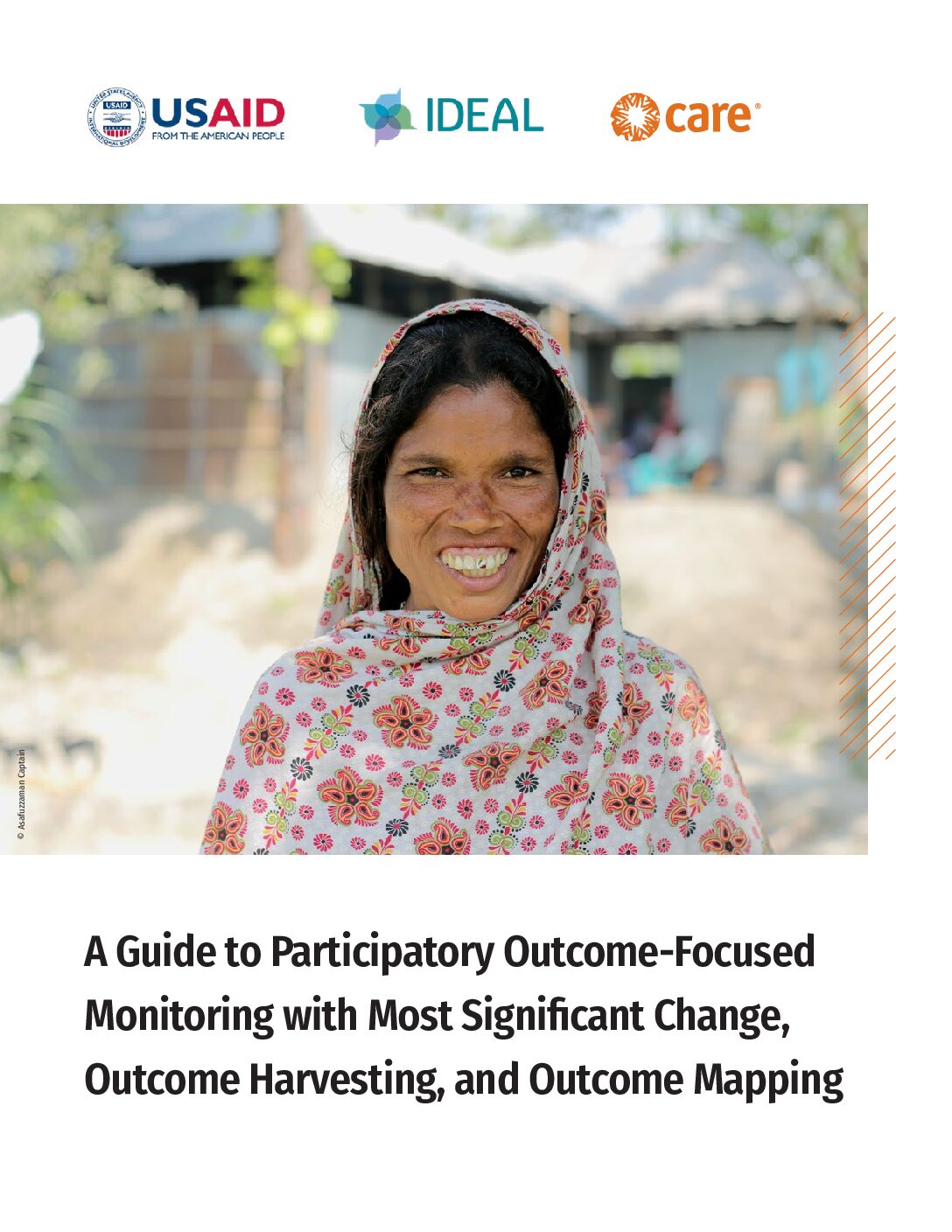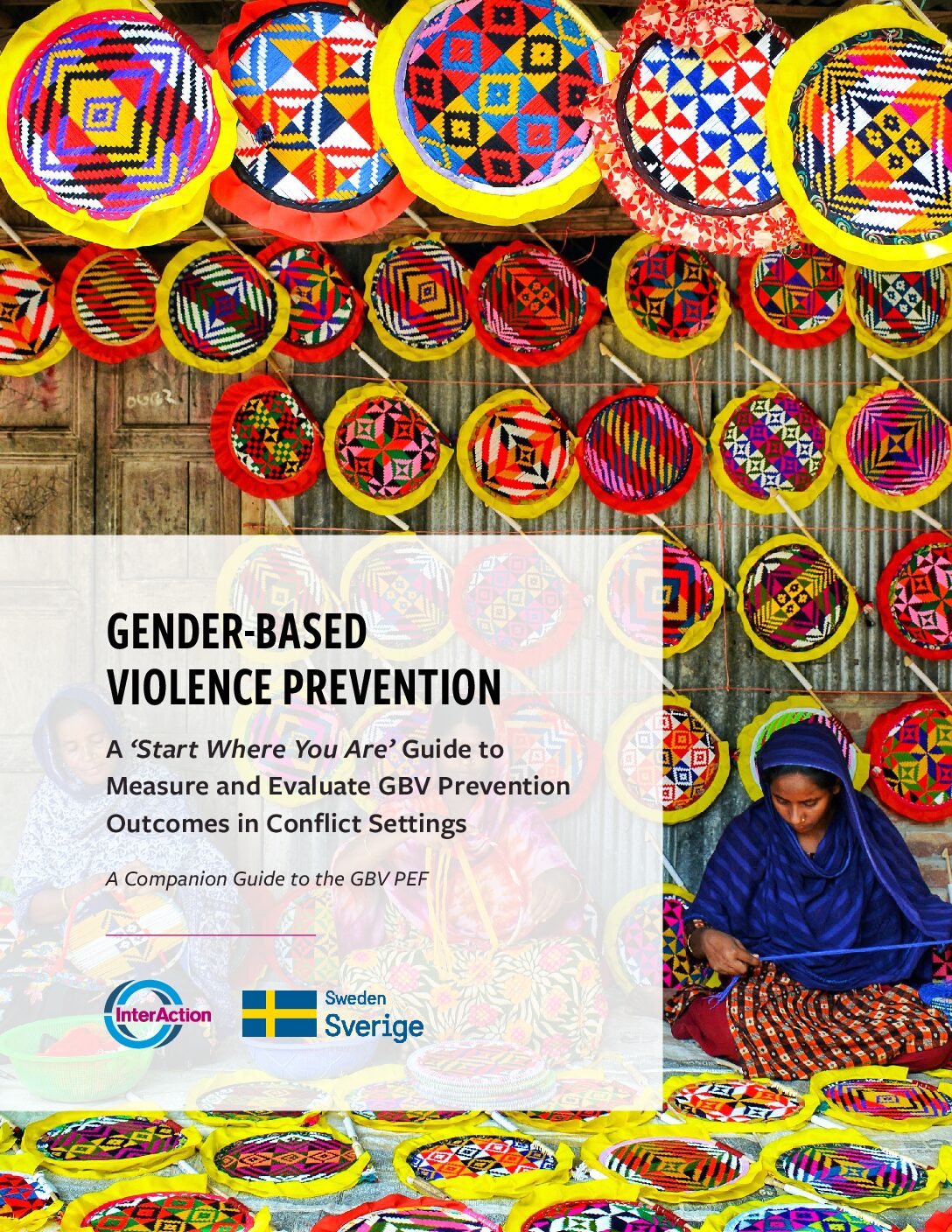In January 2022, the Alliance for Child Protection in Humanitarian Action (ACPHA) and USAID published a Primary Prevention Framework for Child Protection in Humanitarian Action. The guiding principles of the framework echo many of the principles of Results-Based Protection, including the focus on prevention as well as the importance of context-specific protection risk analysis.
Although substantial effort has been made in the humanitarian sector on responding when harm has already taken place, less emphasis is placed on how it can be prevented from happening. Investing in primary prevention is essential to ensuring accountability to children and the centrality of protection within humanitarian action. The framework focuses on primary prevention rather than secondary prevention as it addresses the root causes among the population to reduce the likelihood of harmful outcomes for the target group of all children in a community or population. The framework provides guidance for humanitarian workers on the key actions and considerations to apply when developing or implementing programming to prevent harm to children in humanitarian settings at the population level. The framework is based on a desk review of evidence-based prevention approaches within the child protection sector as well as other humanitarian sectors such as education, gender-based violence (GBV), and health. The framework is also informed by guidance documents and briefing papers on understanding and identifying child protection risk and protective factors in humanitarian crises, developed under the Alliance for Child Protection in Humanitarian Action’s Prevention Initiative.
The Framework highlights guiding principles and specific actions to take within each of the five steps of the program management cycle for effective primary prevention efforts. Supporting resources and practical tools are linked within each step. The five steps are:
- Preparedness: Concerning the framework, programs must include an understanding and documenting of risk and protective factors related to the types of harm that children are experiencing now and the harm they may experience during a potential crisis, including actions to address risk and protective factors in multi-sectoral preparedness plans, advocate for and invest in primary prevention action pre-crisis, and take action to prevent harm at the beginning of a crisis.
- Needs Assessment and Situation Analysis: A primary prevention approach is based on a comprehensive analysis of the risk and protective factors that impact whether children experience harmful outcomes.It goes beyond the question of “What are the harmful outcomes to children occurring in this context?” (e.g., child marriage, violence in schools, recruitment in armed forces, family separation) to also include “What are the risk factors leading to harmful outcomes for children?” and “What are the protective factors that can prevent children from experiencing harmful outcomes?”
- Design and Planning: Effective child protection programming needs to account for a contextualized theory of change to prevent harm based on identified risk and protective factors. It also needs a design population-level approach to address risk and protective factors at multiple levels of the socio-ecology. After which, there needs to be an intervention plan with communities that includes the children and families.
- Implementation and Monitoring: This portion of the process includes monitoring changes in risk and protective factors during implementation. It also involves adapting prevention interventions based on monitoring data.For example, in tackling the root causes of sexual and gender-based violence to girls in northeastern Nigeria who are prevented from attending secondary school, Plan international alongside two national Nigerian organizations conducted annual school evaluations to monitor changes in the knowledge, skills, and attitudes of teachers to make the learning safe. The evaluations review how schools are implementing changes to create quality, gender-responsive, protective, and inclusive learning environments for girls. Education records are also reviewed to measure the percentage of girls who successfully transition between levels. This serves as a proxy indicator for a reduction in the number of girls experiencing GBV in schools.
- Evaluation and Learning: The final stage of the process includes evaluating changes in outcomes at the level of risk and protective factors, evaluating the prevention of harmful outcomes, and sharing learnings on prevention effectiveness and cost-benefit analysis. For reference, examples of program-level evaluation methods include outcome mapping/results journals and the most significant change method.
Concerted efforts to prevent harm to children before it occurs are vitally important for ensuring children’s protection and well-being in humanitarian settings. This framework by ACPHA and USAID presents guiding principles and tools to help strengthen the evidence-base for effective child protection prevention approaches in humanitarian settings.
The Child Protection Framework is similar to a recent InterAction publication, the Gender-Based Violence Prevention Evaluation Framework (GBVPEF). Similar to the Child Protection Framework, the GBV PEF focuses on analysis, program design, and measurement such that GBV prevention outcomes can ultimately be evaluated. To learn more about the GBV PEF, click HERE.



